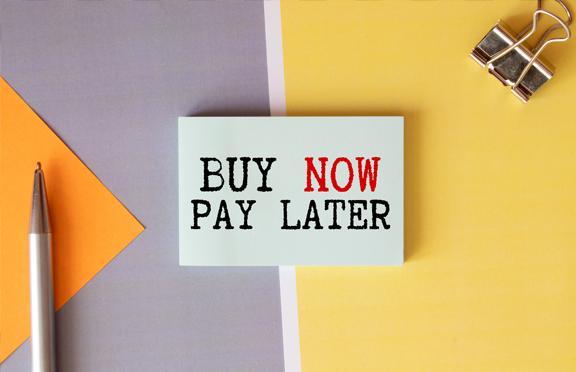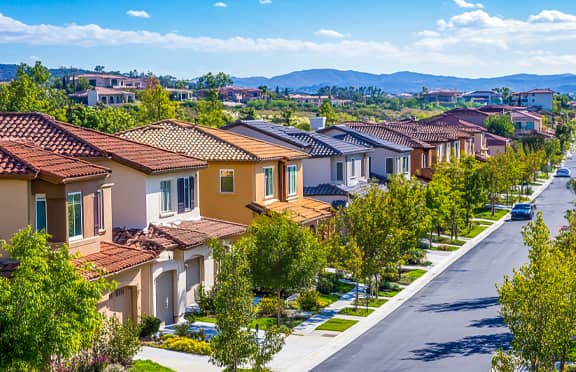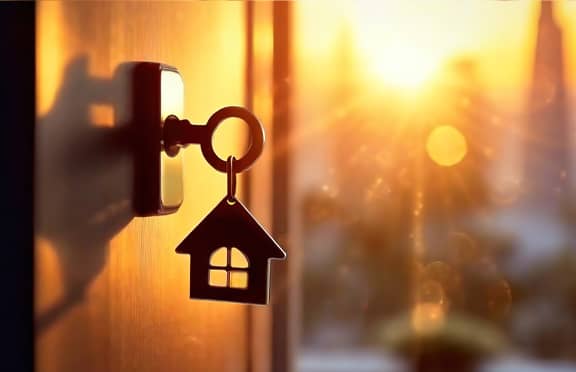Buying a home is a big milestone, and one of the most confusing parts of the process is the down payment. If you’ve ever wondered, “Do I really need 20% for a down payment?”, you’re definitely not alone. Many people believe this number is required to buy a house, but the truth is much more flexible.
In this guide, we’ll break down the myths, benefits, alternatives, and smart strategies you can use to buy a home - even if you don’t have 20% saved.
Understanding the 20% Down Payment Rule
The idea of putting down 20% has been around for decades. It was once considered the safest way for lenders to reduce their risk. When buyers put down a larger amount, lenders knew the borrower was financially stable and less likely to default.
In the past, mortgage products weren’t as diverse as they are today. Private mortgage insurance (PMI) also didn’t exist yet in the way it does now. Because of that, lenders relied heavily on the 20% guideline to protect themselves and keep the housing market steady.
Common Myths About the 20% Down Payment
Myth 1: You can’t buy a home without 20%
This is one of the biggest misconceptions in real estate. Today, many first-time buyers purchase homes with far less — sometimes as low as 3%, or even 0% with specialized programs. The belief that you must have 20% saved often keeps people renting longer than necessary.
Myth 2: Lower down payments always cost more
While it’s true that lower down payments may come with PMI or slightly higher interest rates, that doesn’t mean they’re automatically a bad choice. The total cost of your mortgage depends on several factors, including your credit score, income, loan type, and how long you plan to stay in the home.
For many buyers, getting into a home sooner with a lower down payment can make more sense than waiting years to save the full 20%.
Benefits of Putting Down 20%
Even though you don’t always need it, there are real benefits if you can afford a 20% down payment.
Reduced Monthly Mortgage Costs
When you put down more money upfront, you borrow less from the lender. A smaller loan balance means lower monthly mortgage payments and less interest paid over the life of the loan. This can free up room in your budget for savings, investments, and other goals.
Avoiding Private Mortgage Insurance (PMI)
PMI is an extra cost added to your monthly mortgage payment when you put down less than 20% on most conventional loans. It protects the lender, not you. By putting down 20%, you can usually avoid PMI completely, which makes your monthly payment smaller.
Strengthening Your Loan Application
A larger down payment can make you appear more financially secure to lenders. This may help you:
- Qualify for better interest rates.
- Stand out in competitive markets.
- Lower your loan-to-value (LTV) ratio and debt-to-income (DTI) ratio.
All of these can make your overall mortgage more affordable in the long run.
Reasons You Don’t Need 20% for a Down Payment
The good news is that the old rule isn’t a requirement anymore. There are several loan programs designed to help buyers purchase a home with less than 20% down.
FHA Loans
FHA (Federal Housing Administration) loans are popular with first-time buyers because they allow a down payment as low as 3.5%. They also tend to be more flexible with credit scores. This makes them a great choice if you have limited savings or are still building your credit.
VA and USDA Loans
Some programs don’t require any down payment at all:
- VA loans are available to eligible veterans, active-duty service members, and some surviving spouses.
- USDA loans are designed for certain rural and suburban areas and come with 0% down options for qualified buyers.
If you qualify, these programs can be powerful tools to get into a home without needing a large chunk of cash.
Conventional Loans with 3% or 5% Down
Many lenders offer conventional loan programs that accept down payments as low as 3% or 5%, especially for first-time homebuyers. With good credit and a stable income, you can often secure a competitive interest rate even without 20% down.
How Lower Down Payments Affect Your Mortgage
Choosing a lower down payment can give you more flexibility and allow you to buy a home sooner, but it does change the structure of your mortgage. Here’s how:
- You may pay PMI until you reach 20% equity.
- Your monthly payment will be higher than if you put more money down.
- You’ll have more cash left over for savings, repairs, and emergencies.
PMI is usually temporary. Once your home reaches 20% equity based on the loan balance and possibly a new appraisal, you can often request that PMI be removed from your payment.
Pros and Cons of Different Down Payment Levels
| Down Payment |
Pros | Cons |
|---|---|---|
| 3% – 5% |
|
|
| 10% |
|
|
| 20% |
|
|
Real Examples of Down Payment Scenarios
Let’s imagine you’re buying a home priced at $350,000. Here’s what different down payments might look like:
- 20% down ($70,000) — You borrow $280,000. Your monthly payment is lower, and you likely avoid PMI.
- 10% down ($35,000) — You borrow $315,000. Your payment is higher than with 20%, and you may have PMI, but you enter the market sooner.
- 5% down ($17,500) — You borrow $332,500. Your payment and PMI costs are higher, but your upfront cash requirement is much more manageable.
These numbers are just examples, but they show how different down payment levels can change your costs and options.
Tips for Choosing the Right Down Payment Amount
There’s no single “right” number for everyone. The best down payment depends on your situation, risk comfort, and long-term goals.
Evaluate Your Financial Health
Before deciding, take a close look at:
- Your credit score and history.
- Your monthly income and job stability.
- Your existing debts, like car loans or student loans.
A strong financial profile might allow you to choose a smaller down payment and still receive great loan terms.
Consider Your Future Plans
Think about how long you plan to stay in the home. If you may move or upgrade in a few years, it might not make sense to wait a long time to save 20%. Getting into a home sooner with a smaller down payment could be more practical.
Protect Your Emergency Fund
Your down payment shouldn’t wipe out your savings. Homeownership comes with surprise expenses like repairs, maintenance, and higher utility bills. Keeping a healthy emergency fund is just as important as your down payment size.
FAQs About “Do I really need 20% for a down payment?”
1. Is 20% required for every mortgage?
No. Most mortgage programs do not require 20% down. Many allow down payments as low as 3% or 5%, and some, like VA and USDA loans, may offer 0% down for qualified borrowers.
2. What happens if I put down less than 20%?
If you put down less than 20% on a conventional loan, you’ll usually pay PMI. This increases your monthly payment, but it also allows you to buy a home sooner instead of waiting years to save a larger down payment.
3. Is it bad to put down only 5%?
Not necessarily. Many buyers successfully purchase homes with 5% down. As long as the payment fits your budget and you’re comfortable with PMI, a smaller down payment can be a smart way to start building equity.
4. Do first-time buyers get special down payment options?
Yes. First-time homebuyers often have access to FHA loans, conventional 3% down programs, state and local grants, and other assistance. These can reduce the amount of cash you need upfront.
5. Is PMI a waste of money?
PMI is an extra cost, but it isn’t always a waste. It can be a helpful tool that lets you own a home while you continue to save and build equity. Once you reach 20% equity, you can typically request that PMI be removed.
6. Should I wait until I save 20%?
It depends. If saving 20% will take many years and home prices or rent are rising, waiting might cost you more in the long run. On the other hand, if you’re close to 20% and feel comfortable waiting, a larger down payment could lower your future monthly costs.
Conclusion — Do You Really Need the Full 20%?
So, do you really need 20% for a down payment? In today’s mortgage world, the answer is usually no. While 20% offers real perks like lower payments and no PMI, it’s far from mandatory. Whether you choose 3%, 5%, 10%, or 20%, the best option is the one that fits your budget, your goals, and your comfort level.
If you want to explore official information on housing programs and down payment help, contact a member of our team for a free consultation.
We hope you found this article helpful. For more valuable tips, please bookmark our site. For all your mortgage financing needs, you can visit the Storch Team https://closemymortgagetampa.com/. The content of this blog is for general informational and educational purposes only.
HOW DO I QUALIFY?
- Initial loan consultation
- Formal loan application
- Processing
- Order appraisal, title, inspections, verifications
- Underwriting (Initial review)
- Conditional approval
- Conditional sent to underwriter
- Final loan approval




